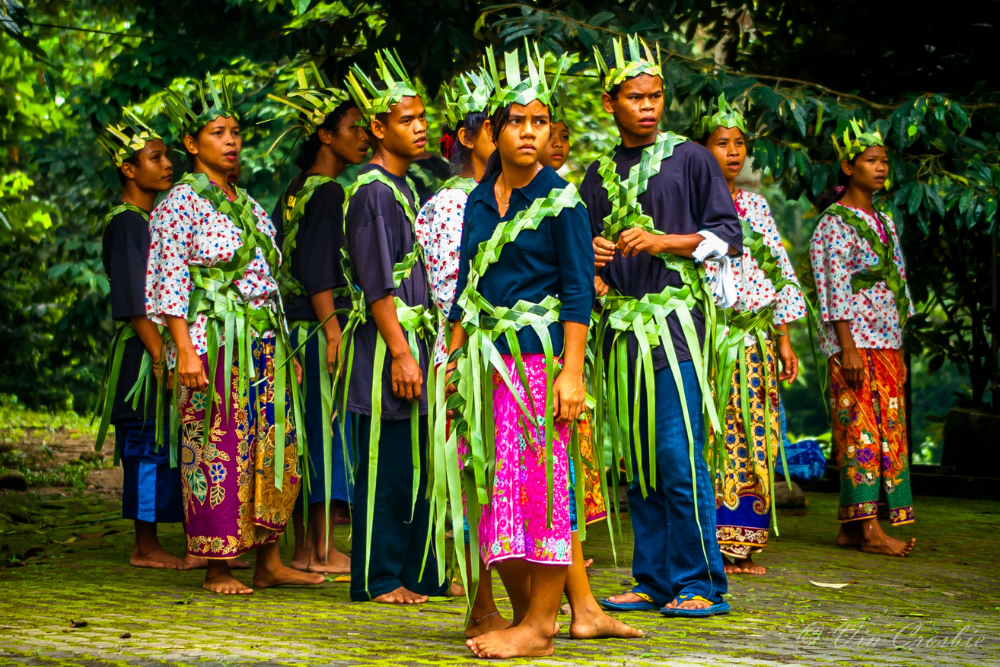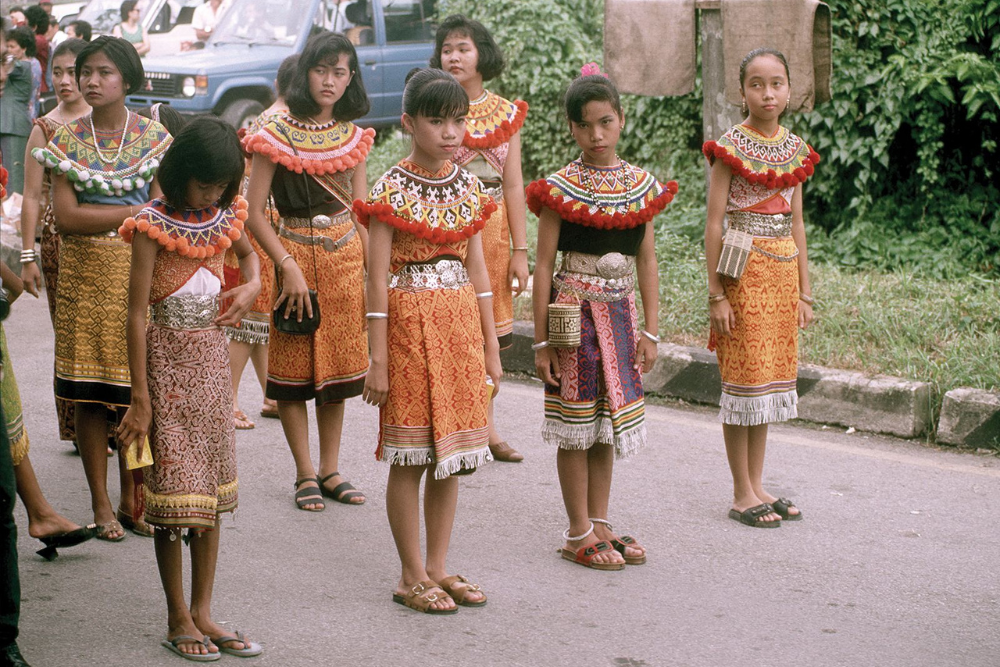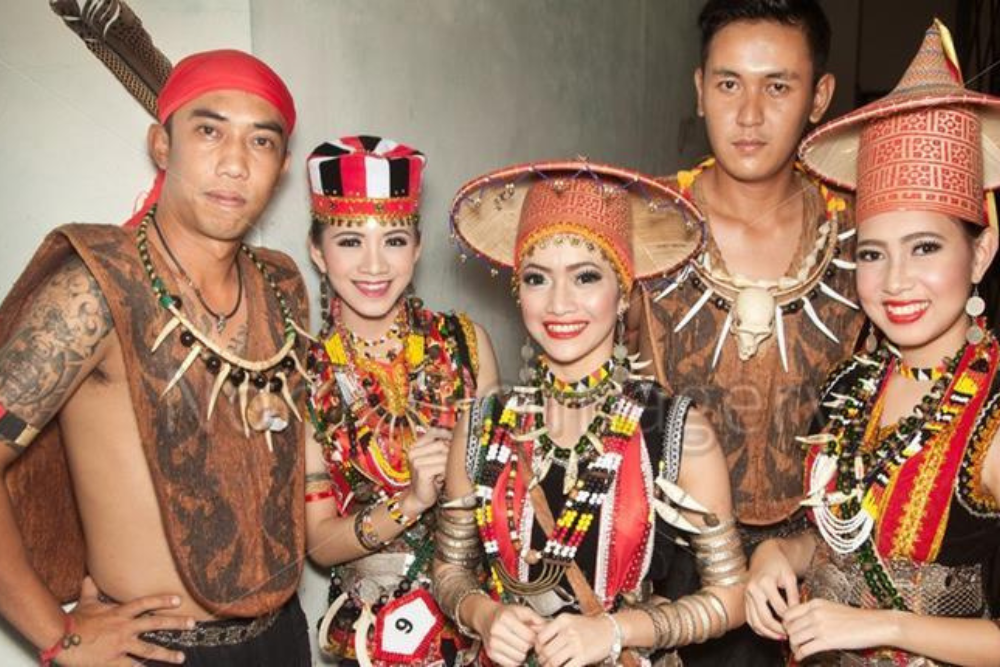Malaysia is a melting pot of cultures, home to various indigenous tribes that have thrived for centuries. These tribes possess unique traditions, languages, and lifestyles that contribute to the rich tapestry of Malaysian heritage. In this blog, we will explore some of Malaysia’s indigenous tribes and delve into their fascinating cultures.
1. The Orang Asli

The Orang Asli, meaning “original people,” are the indigenous inhabitants of Peninsular Malaysia. They comprise several sub-groups, including the Senoi, Negrito, and Proto-Malay. Each group has its own distinct language, customs, and way of life.
The Orang Asli traditionally live in harmony with nature. They practice sustainable agriculture, hunting, and gathering. Their deep understanding of the rainforest allows them to utilize its resources wisely. Visitors can engage with the Orang Asli through eco-tours that promote cultural exchange while supporting their communities.
2. The Iban Tribe

The Iban tribe is one of the largest indigenous groups in Sarawak on Borneo Island. Traditionally known as headhunters, they are now renowned for their vibrant culture and craftsmanship. The Iban people celebrate various festivals throughout the year, with Gawai Dayak being one of the most significant. This harvest festival showcases traditional music, dance, and delicious local cuisine.
Iban longhouses provide insight into their communal lifestyle. These longhouses serve as homes for multiple families and feature a shared living space. Visitors can experience authentic Iban hospitality by staying in a longhouse and participating in cultural activities such as weaving and rice wine production.
3. The Bidayuh Tribe

Also residing in Sarawak, the Bidayuh tribe is known for its agricultural practices and intricate bamboo houses. The Bidayuh people primarily cultivate rice but also grow fruits and vegetables in their terraced farms. Their connection to the land is evident in their traditional rituals that celebrate farming cycles.
Visitors can explore Bidayuh villages like Bau, where they can witness traditional practices such as blowpipe hunting or participate in community festivals like Pesta Bidayuh. This lively celebration showcases traditional dances and music that reflect their cultural identity.
4. The Kadazan-Dusun Tribe

In Sabah, the Kadazan-Dusun tribe represents a rich cultural heritage with a strong connection to agriculture, particularly rice cultivation. The Kadazan-Dusun celebrate Tadau Kaamatan, a vibrant harvest festival that attracts visitors from all over Malaysia. The festivities include traditional games, music performances, and food stalls serving local delicacies.
Traditional Kadazan-Dusun houses are built from natural materials like bamboo and wood, reflecting their sustainable lifestyle. Visitors can immerse themselves in their culture by participating in traditional cooking classes or learning about their unique beliefs surrounding rice planting.
5. The Penan Tribe
The Penan tribe is one of the last nomadic tribes in Malaysia, residing primarily in Sarawak’s rainforests. Renowned for their deep knowledge of the jungle ecosystem, they rely on hunting, gathering, and fishing for sustenance. The Penan people are skilled artisans known for crafting intricate woven items from rattan.
Despite facing challenges from deforestation and modernity, efforts are underway to preserve Penan culture through sustainable tourism initiatives. Visitors can trek into the rainforest to learn about their way of life while supporting conservation efforts.
6. Cultural Preservation Initiatives
Preserving the cultures of Malaysia’s indigenous tribes is crucial for maintaining their identities amid globalization pressures. Various organizations collaborate with tribal communities to promote cultural awareness through workshops, festivals, and eco-tourism projects.
By engaging with these communities respectfully and ethically, travelers can contribute to preserving these unique cultures while enjoying authentic experiences.
Conclusion
Malaysia’s indigenous tribes offer an incredible glimpse into diverse cultures shaped by centuries of tradition and connection to nature. From the Orang Asli’s sustainable practices to the vibrant celebrations of the Iban and Kadazan-Dusun tribes, each group has something unique to share.











